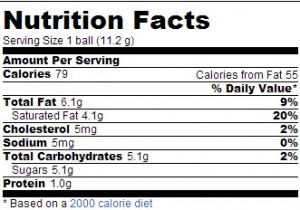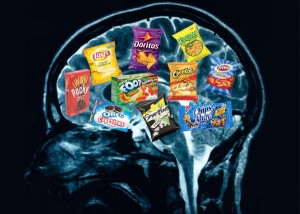For so many years, we were told that dieting keeps weight and over-eating gains weight. But, there must be several people around you that do not get fat no matter how much they eat.
99.9 percents of old studies about obesity have been conducted on people who were already overweight, but an expanding number of researchers, recently, have started to look at the obesity problem from a different angle.
Will “naturally slim” people gain weight if doubling their daily calories intake? A BBC Horizon documentary titled Why are thin people not fat? operated an experiment on a group of thin people in 2009, and the results showed that there were indeed a portion of people just could not gain weight as easy as some others can.
During the experimental period of 4 weeks, these naturally thin people were asked to eat at least double their usual calories, targeting 5000 kcal per day per person (a recommended calories daily intake is 2700 and 2100 kcal for men and women respectively), and to avoid any physical exercise. In order to reach their calories target, participants basically only ate calorie-dense foods like cakes and chocolate which were well-known weight boosters. Doctors monitored their health, precisely determined percentages of body fat they had, and measured their weights as well as waist-lines.
It was expected that such high intakes should gained weight dramatically, especially when all kinds of physical exercise were banned. After 4 weeks, actually, none of participants were over-weight. It was found that some of the participants gained more weight than others. The participant who gained the most weight increased 6.5kg which was a 9.5% weight gain. The lowest weight gain was only 5.5%, which was almost half of the highest weight gain – 9.5%. Surprisingly, one gained almost no fat but muscle and his appearance did not change at all. Moreover, after one month, all participants returned to their original weights without doing any extra physical exercise to try to lose weight.
It seems really true that some of us stay slim more easily than others, even they eat excess calories, and some of them do not even do any exercise. Why does this happen? The documentary explained four primary factors that were believed largely related to it. Firstly, sizes of babies are dependent on genes and mothers’ ages, weights and diets. Secondly, appetite and eating desire are determined during childhood, and naturally thin people tend to prevent over-eating instinctively in childhood. Thirdly, each person’s body has its own weight standard, and, in order to maintain the weight it aims, body would produce more heat and do some involuntary movements such as moving your legs to burn extra fat. Lastly, number of cells which store fat influences people’s feel of hunger, and only possibly increases but never decreases.
For more complete and detailed information, I recommend you to watch Why are thin people not fat?
































